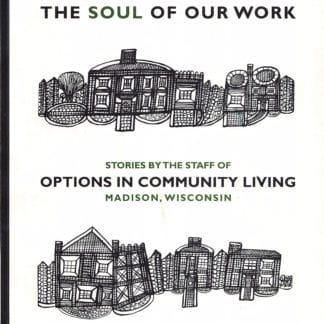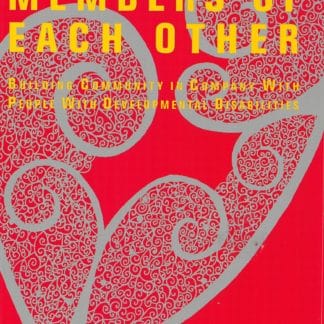Selected US Resources on Leadership and the Activation of Citizenship
Prepared for Scottish Human Services, Leadership Development Team
John O’Brien
2002
Perspective
I selected these resources in response to a request to “identify things the team should read and say why we should read them.”
Limitations
Each resource is identified on a single page that includes a small sample of writing, reference to one or more books, and one or more website addresses. All of the books are currently listed on amazon.co.uk.
I have steered away from resources specific to the various efforts to change conditions for people with disabilities in an effort to help the team to generalize its understanding and approaches.
The influence of the women’s movement and the civil rights1 movement have been powerful indeed, but I would have to expand my focus beyond books and websites about leadership and mobilizing citizenship to history and social commentary in order to redress the balance within the limits of my present knowledge.
1Manning Marable (1998) offers four profiles of black leaders as their policies affected American racial politics in Black Leadership. Columbia University Press. And James Cone (1992) considers the contrasting positions, strategies, and theologies of Martin Luther King and Malcolm X in Martin & Malcolm & America: Dream or Nightmare. Orbis Books. But both of these books comment much more on the implications of these six men’s positions than on their activity as leaders.
It will not escape notice that all but two of the pictures are of white men and the remaining two are of white women. This is partly a commentary on my leadership and citizenship reading habits, but it also says something about the field. Less than 5% of the titles in a recent catalog of community leadership titles were authored by women. While much of the work of citizenship is done by women, the written voice of leadership and much citizen activism still tends to be masculine.2



